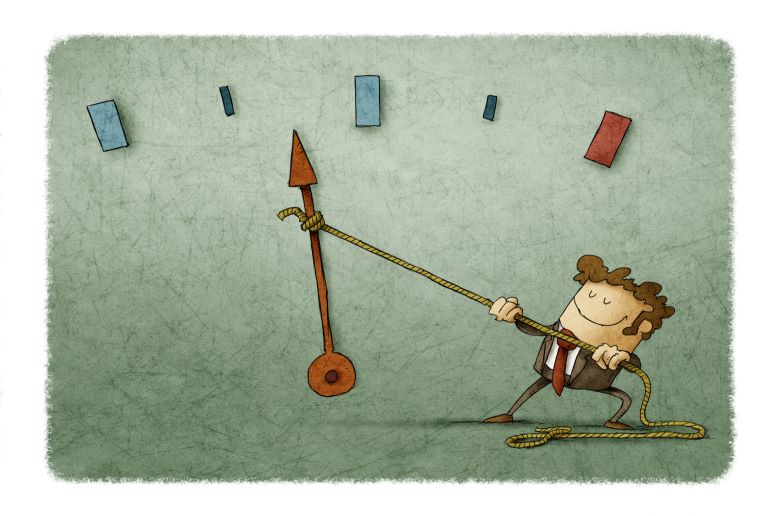With promises of increased scalability, more affordable access to advanced applications, and attractive ROI compared to traditional platforms, adoption of contact center as a service (CCaaS) has proliferated. Too often, however, I see that organizations invest in advanced contact center technology, with all its promises, yet a year later they cannot point to any noticeable improvement in operations.
There are two primary reasons for this:
1. Companies deploy technology without understanding what problem they are trying to solve.
This would be like me upgrading my car’s V6 engine to a V8, when the only driving I do is on backroads at speeds under 60 mph. I get more performance from the V8, but performance was never a problem.
How can IT avoid this situation? Start by shifting focus from features (AI, chatbots, speech analytics) to business challenges (shifting agent focus from mundane non-revenue generating interactions to more productive interactions, reducing call handle time, allowing more calls without increasing agent headcount, improving agent performance by automated QA processes, etc.). Then identify specific applications designed to solve these problems.
2. Companies fail to baseline and measure key performance metrics pre- and post-deployment.
Even if operational improvements occur as result of a new deployment, the company has no process for measuring those. If I were approving a contact center spend for a business unit with the promise of increasing revenues, lowering costs, and improving customer satisfaction, I would request post-deployment proof. Oftentimes, this is neither provided nor requested. If I were the business unit granted the funds for new technology, I would want to shout out to management the great ROI and operational improvements being achieved. Too often this also is being neglected.
The first step is to review metrics currently in use. Speed of answer, call abandonment, percent of calls answered in X seconds, and other old-fashioned metrics dating back to the 1980s till reign in many contact centers. While these metrics still have value, they are tepid and don’t tell a compelling story.
The second step is to identify relevant “needle moving” metrics to use in establishing a pre-deployment baseline. These should range from very basic to more specific, and could include:
- Sales revenue
- Agent turnover
- Training time for new agents
- Higher agent scoring for quality assurance
- Increased first call resolution
- Reduced agent call transfers
- Increase in non-voice channel interactions
- Lower phone bills
The third step includes periodic measuring of the established metrics against the baseline numbers. These should be easily monetized in many cases and developed into management reports. In larger contact centers, even nominal improvement in agent productivity can achieve surprising results.
Here’s an example: In a sales environment, assuming the revenue per sale is $25 and the close rate is 30%, the ability for 100 agents to take 10 more calls per day would amount to $1,950,000 in additional annual revenue.
New technology can move the needle; don’t keep it a secret.
"SCTC Perspective" is written by members of the Society of Communications Technology Consultants, an international organization of independent information and communications technology professionals serving clients in all business sectors and government worldwide.
Knowing the challenges many enterprises are facing during COVID-19, the SCTC is offering to qualified members of the Enterprise Connect user community a limited, pro bono consulting engagement, approximately 2 - 4 hours, including a small discovery, analysis, and a deliverable. This engagement will be strictly voluntary, with no requirement for the user/client to continue beyond this initial engagement. For more information or to apply, please visit us here.











